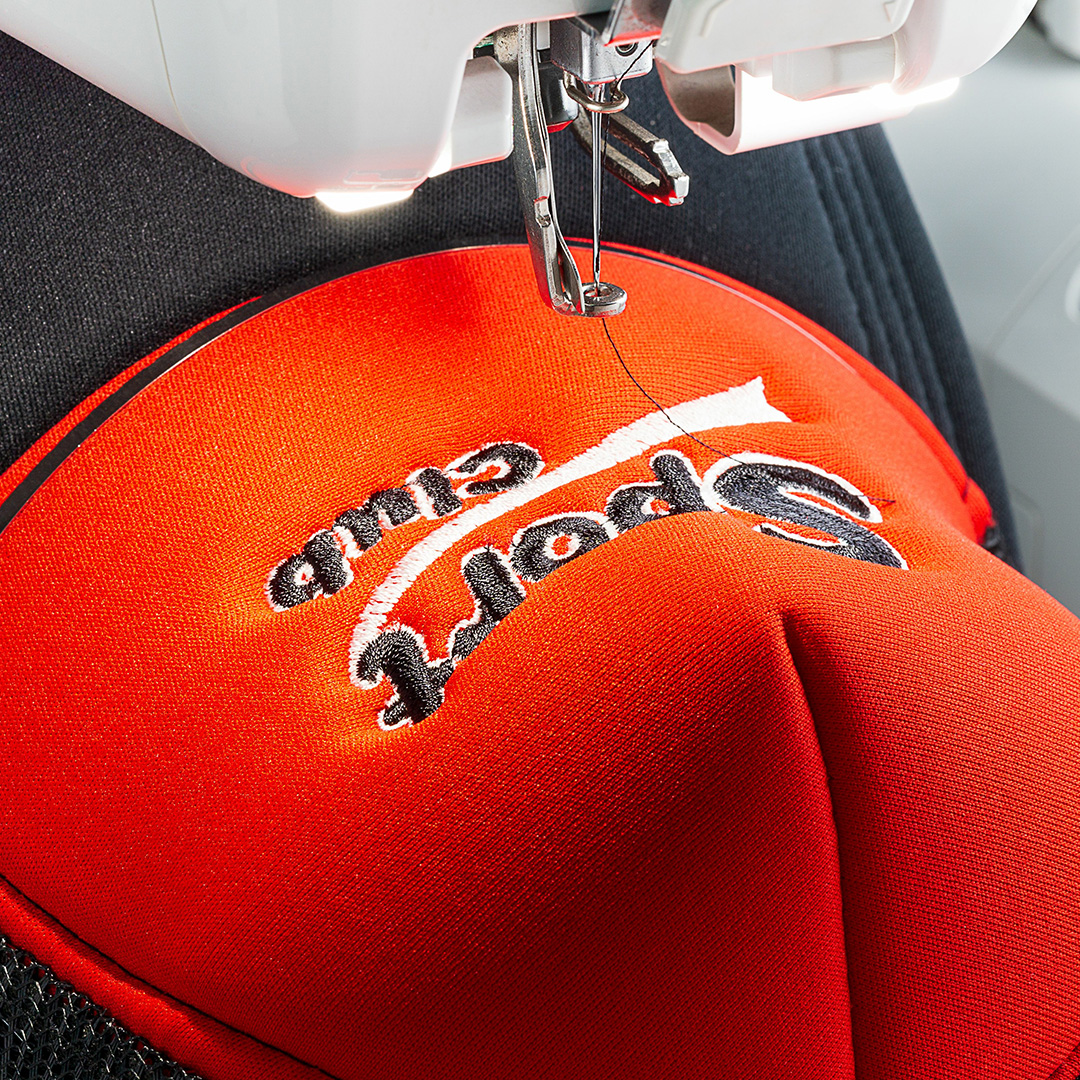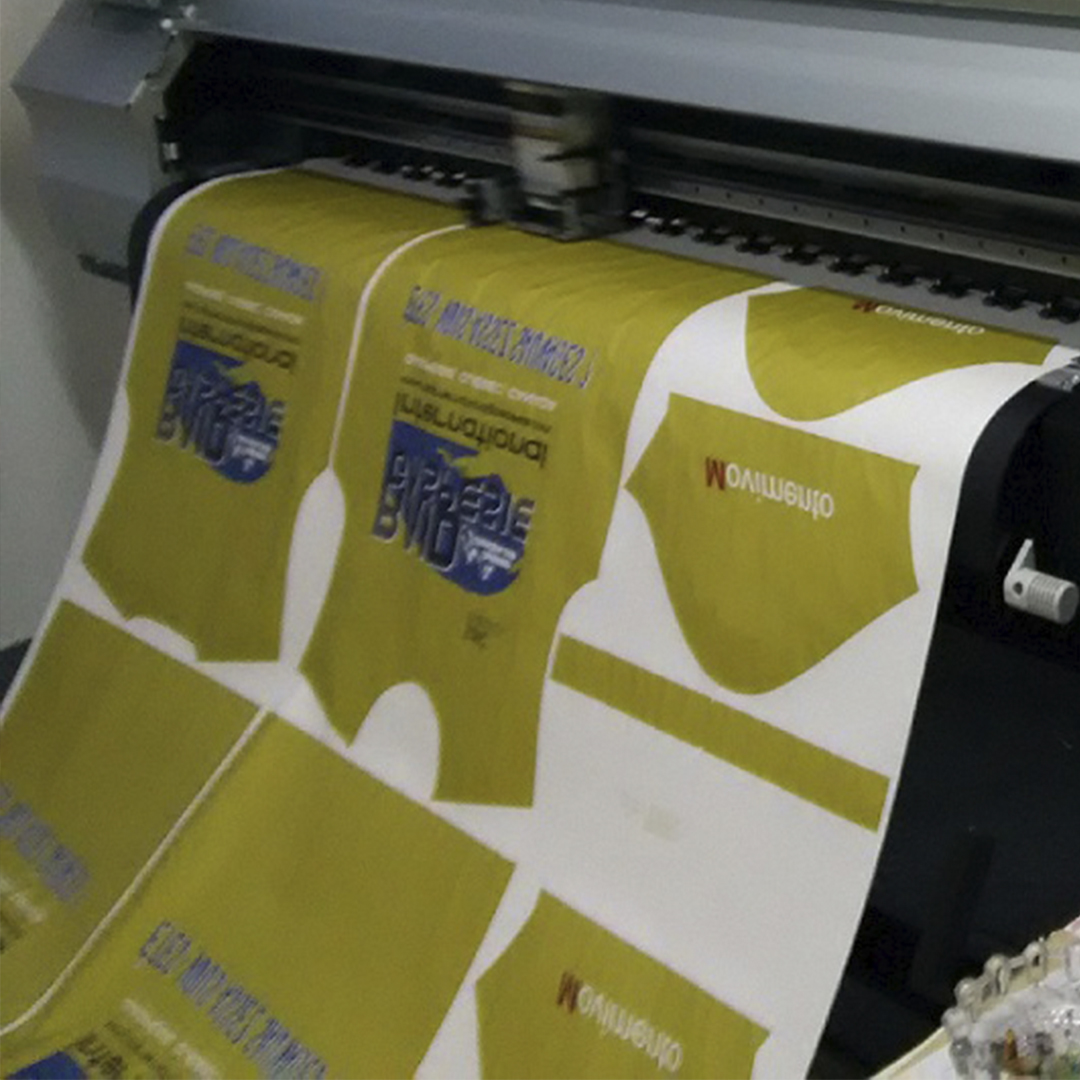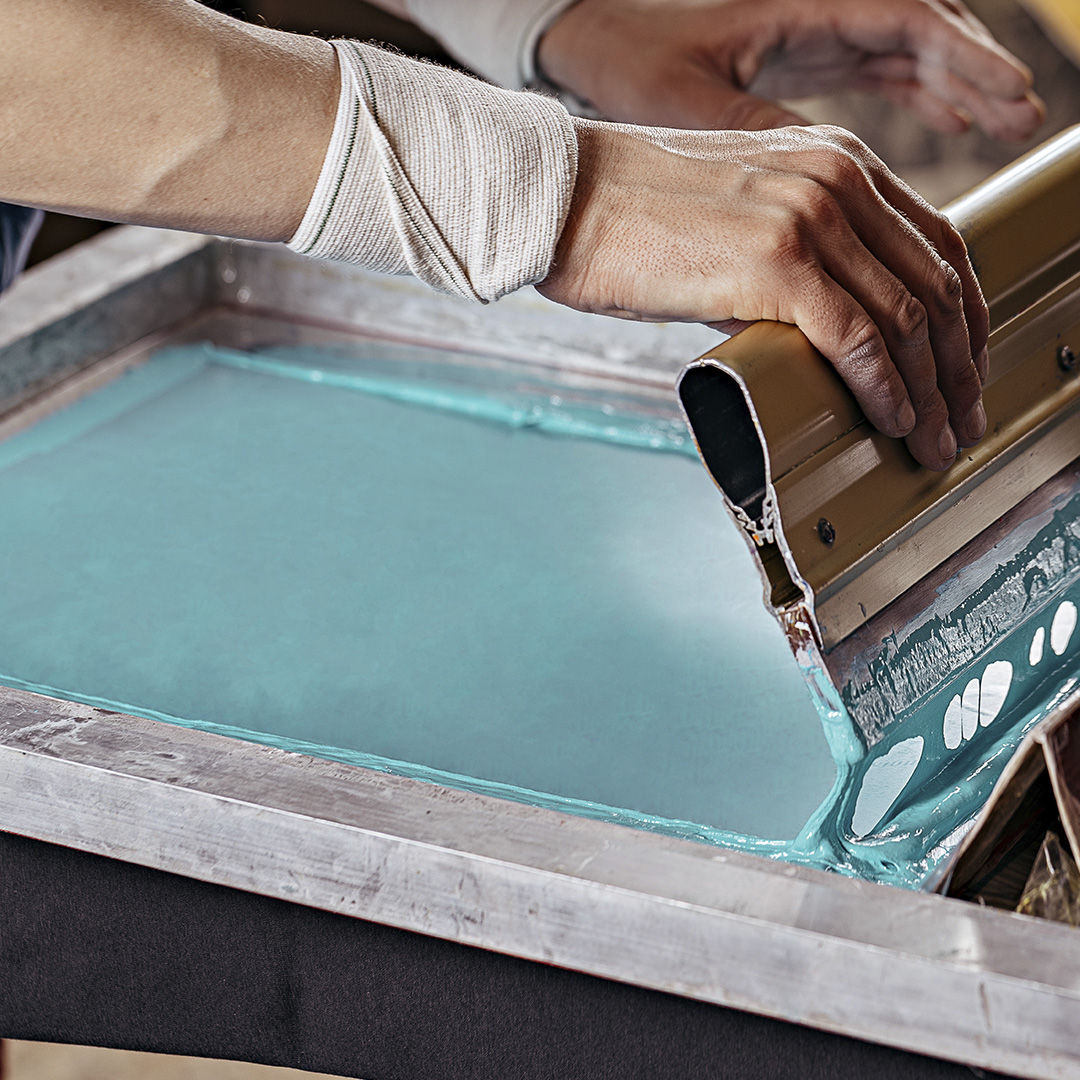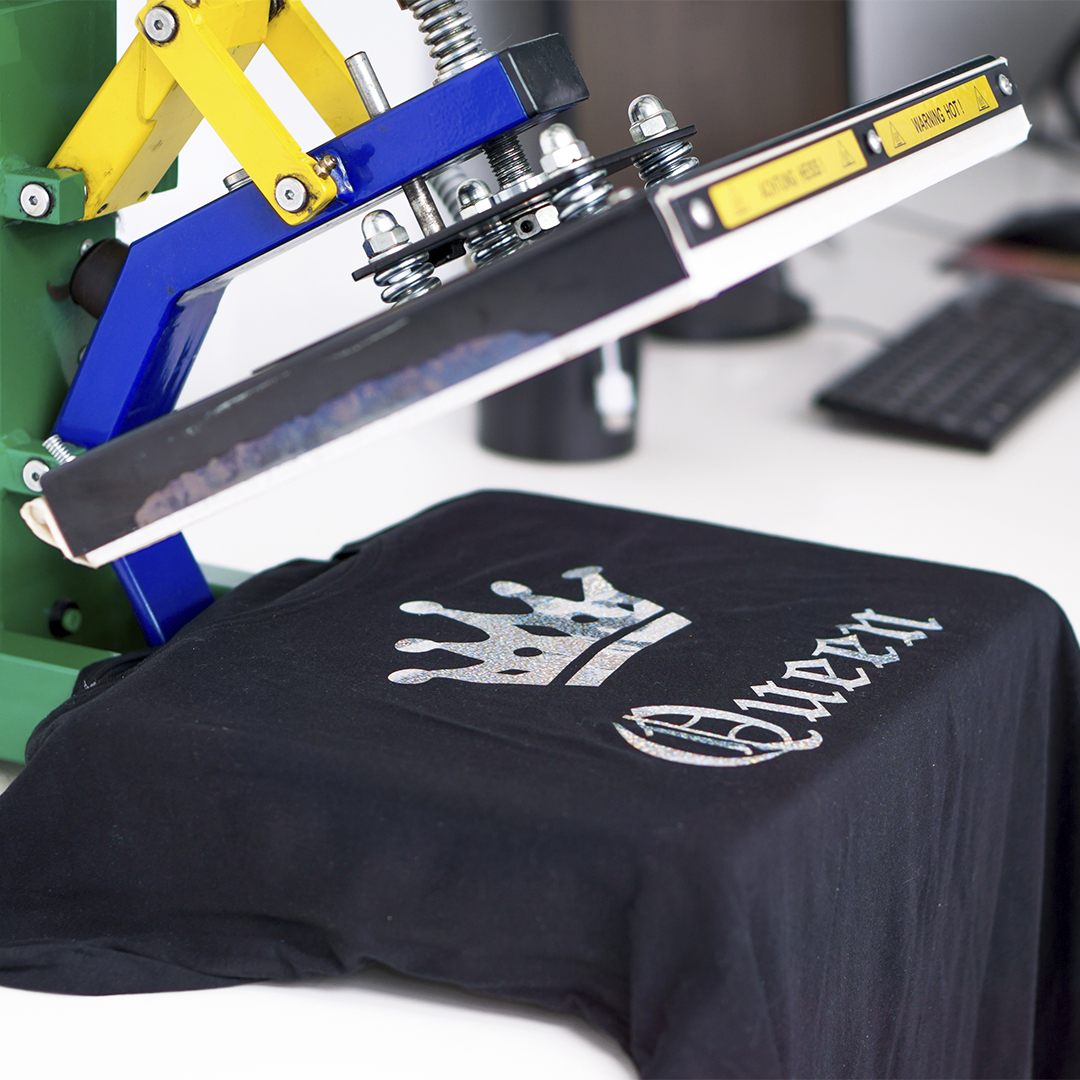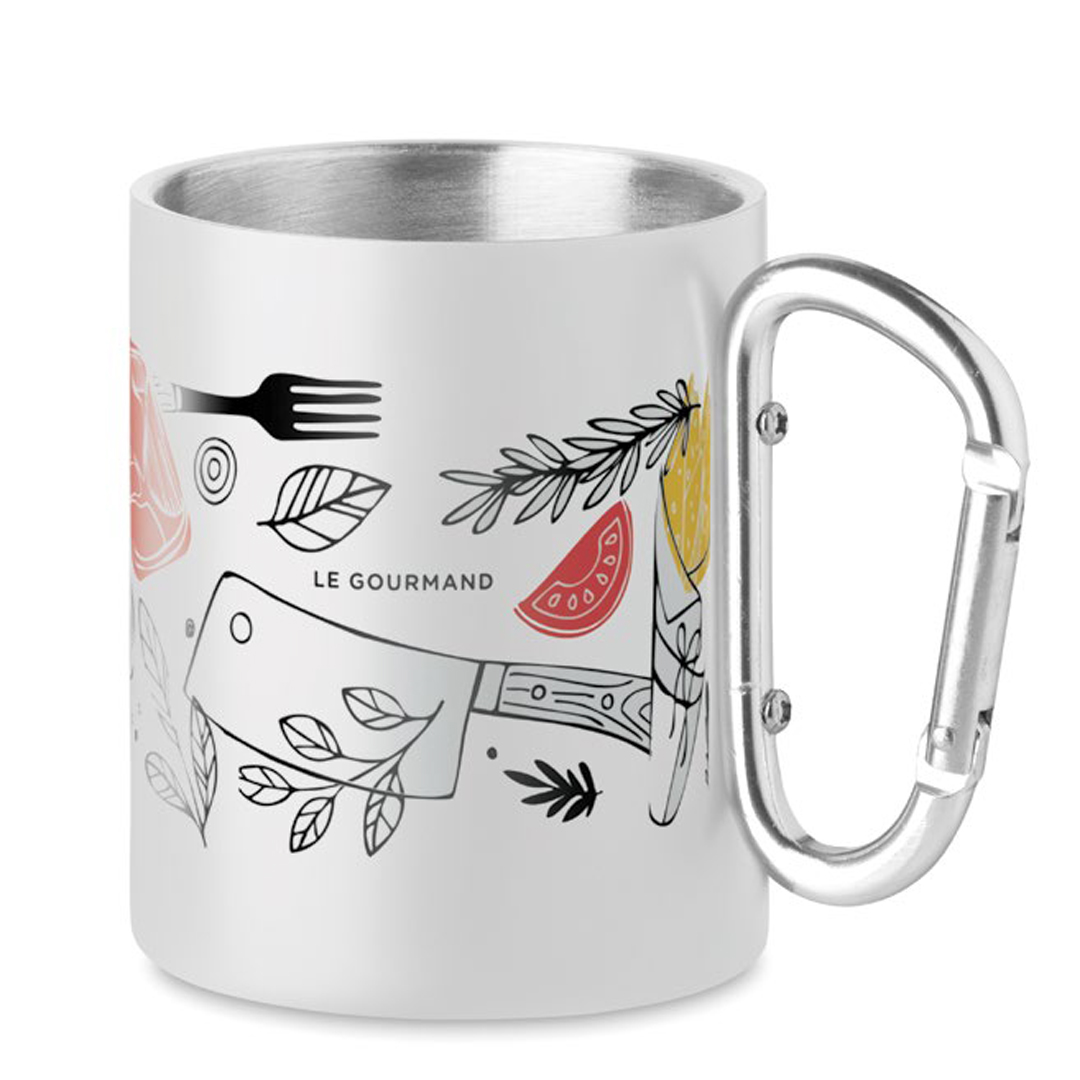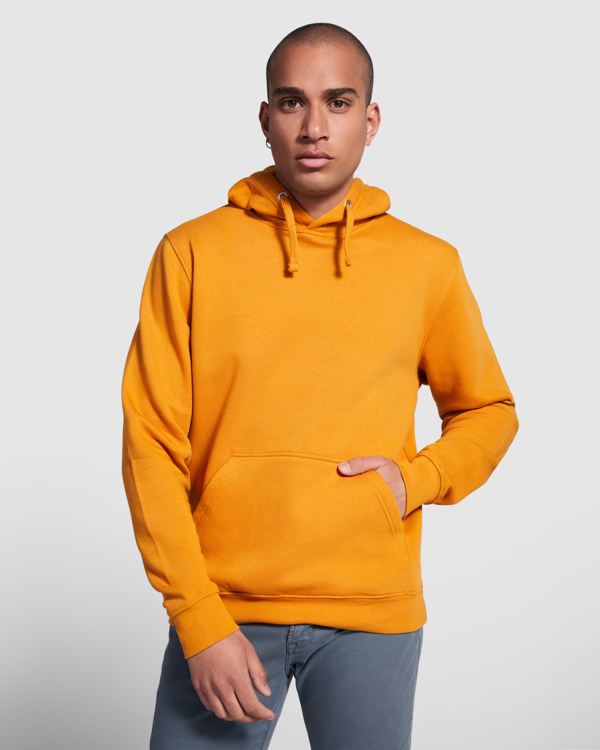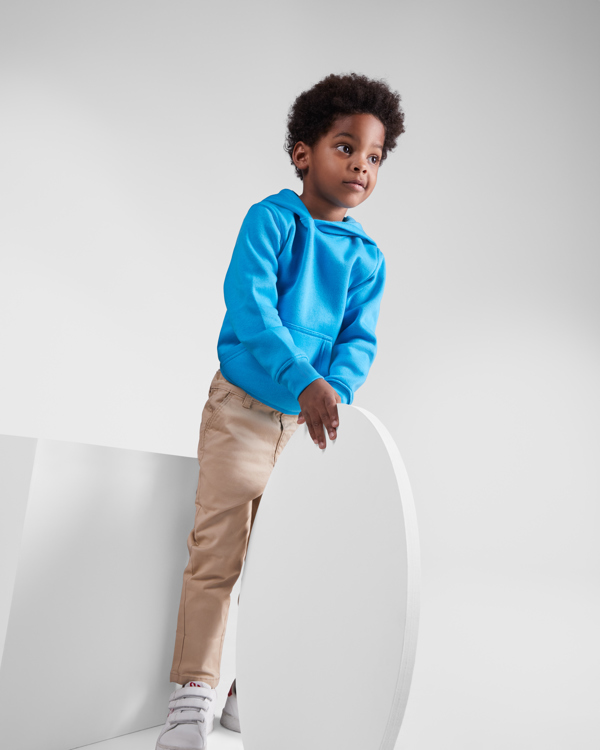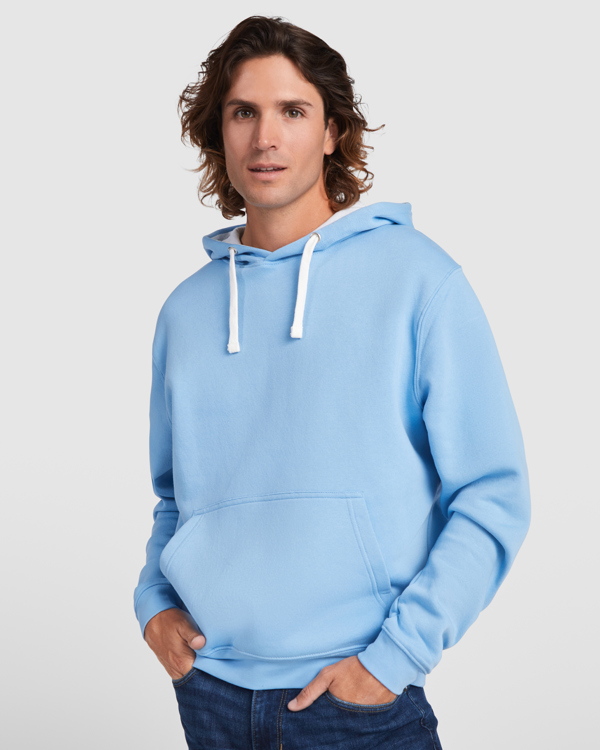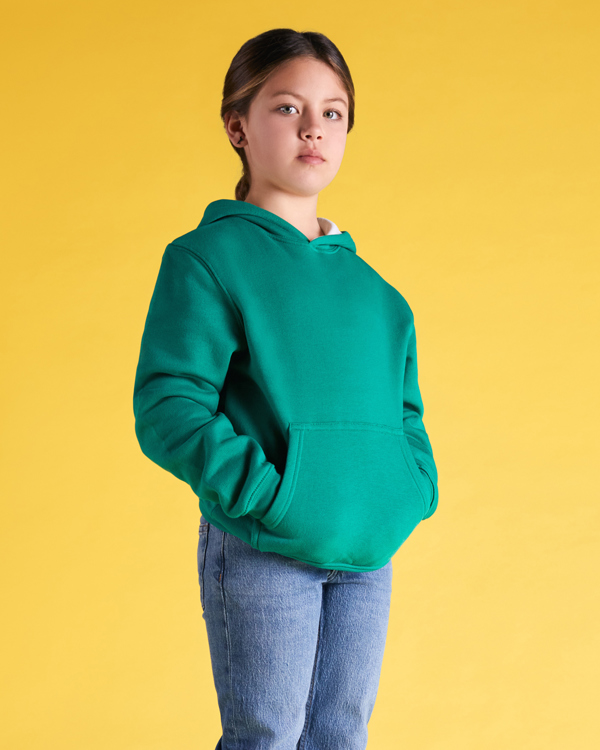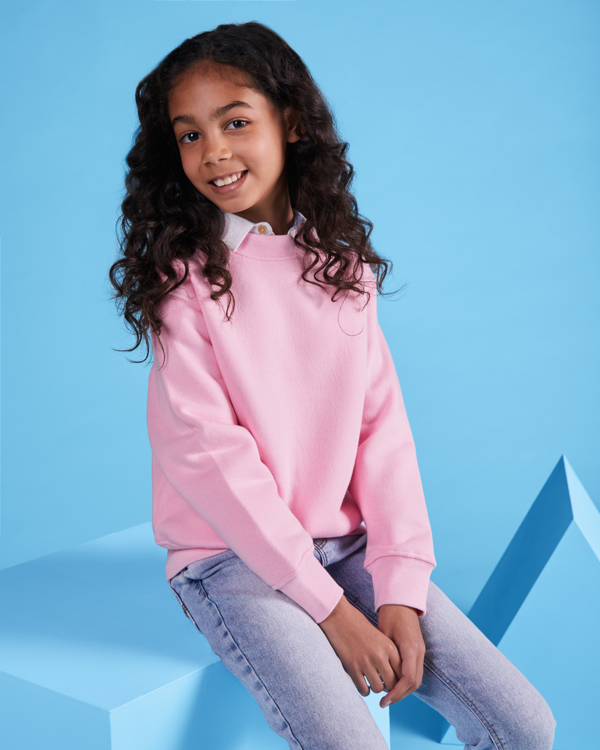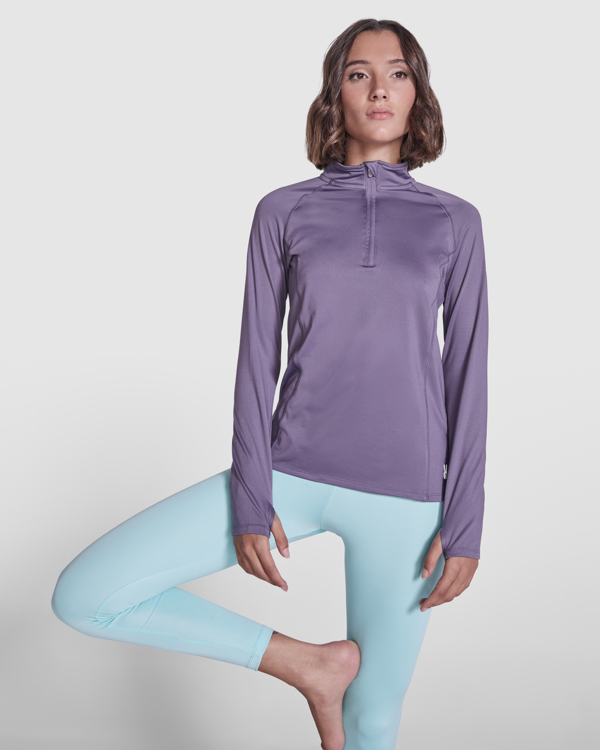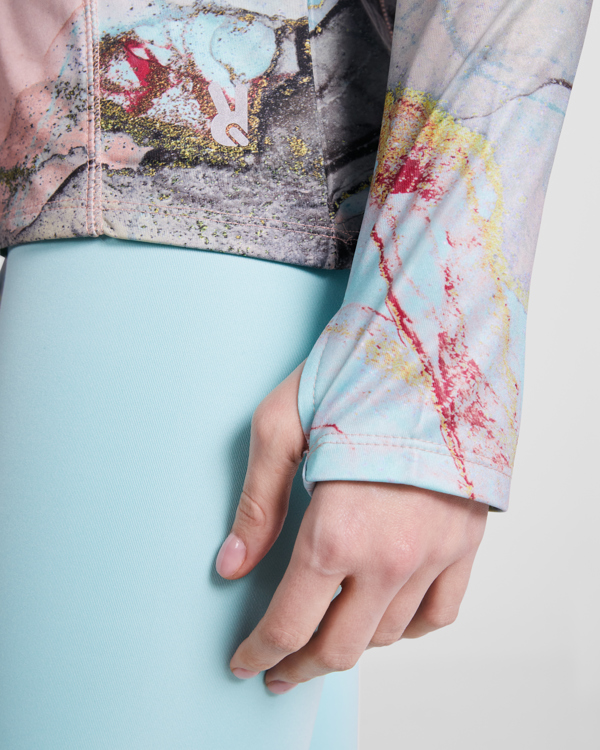The Sayan men's half zip anorak hooded sweater – a unique combination of performance and style. The anorak design combines fashion and function seamlessly, featuring a quarter zip for versatility in layering. Made from a 350 g/m² blend of polyester and Sorona® knit. The Sorona® fiber enhances the jacket's eco-friendliness by incorporating a sustainable element without compromising on performance. The contrast fabric on the front panel, made of 280T ripstop nylon, adds to the design with its durability and texture and is the ideal location to showcase your brand. Whether you're embarking on an outdoor adventure or simply navigating your daily routine, the Sayan hooded sweater effortlessly combines fashion with function.
Size:
0 x 0 x 0
Composition: Knit of 85% Polyester and 15% Sorona®, 350 g/m2, Contrast fabric, 280T ripstop of 100% Nylon, 72 g/m2
Weight: 820 grams
Units per box: 15 units
Box measurements: 32 x 60 x 40 (cm)
Embroidery
The traditional embroidery technique allows you to personalize different types of fabrics with a high-quality finish. This customization technique is also highly durable and relies primarily on embroidering the chosen design with different colored threads. The cost of this technique depends on the area in square centimeters to be embroidered. Embroidery is primarily used on caps, T-shirts, polo shirts, blankets, towels, and all types of textile products.
Digital transfer
Digital transfer is ideal for digitally marking small quantities and without color limitations. It's used on products such as document holders, backpacks, non-woven bags, cork products, and soccer balls.
Screen Printing
Screen printing is one of the most widely used techniques, allowing printing of up to six spot colors depending on the product and providing long-lasting and reliable results. This technique is applied to smooth surfaces, achieving high-resolution images. Screen printing involves transferring the design to a screen (polyester or nylon mesh) coated with a photosensitive layer that reacts with ultraviolet light. This light hardens the areas not to be printed, allowing the design to bleed through. This technique is often used on textiles, plastics, wood, or aluminum items such as T-shirts, bags, jerry cans, notepads, backpacks, and caps.
Silkscreen transfer
Silkscreen transfer is a technique similar to silkscreen printing. The difference is that instead of transferring the ink directly onto the product, it is first printed on transfer paper. This transfer paper is then applied to the product using a heat press. The advantage of this technique is that it supports four-color printing (screen printing only allows for spot colors) and achieves highly uniform results. It is suitable for small quantities of textile products. It is often used for gifts such as document holders, backpacks, non-woven bags, cork products, and soccer balls.
Sublimation
Sublimation is a complex printing technique that does not limit the number of colors in the design, but can only be applied to a specially manufactured product with a white base. It is a complex technique because it is performed by changing the state of the sublimation ink from solid to gaseous by applying heat. The print is sharp, high-quality, and highly resistant to extreme temperatures. Sublimation allows for full-color, high-quality reproduction of photographs, offering endless customization possibilities. It is commonly used on textiles such as T-shirts, bandanas, cushions, bags, and other items, but also on mouse pads, umbrellas, and mugs.
